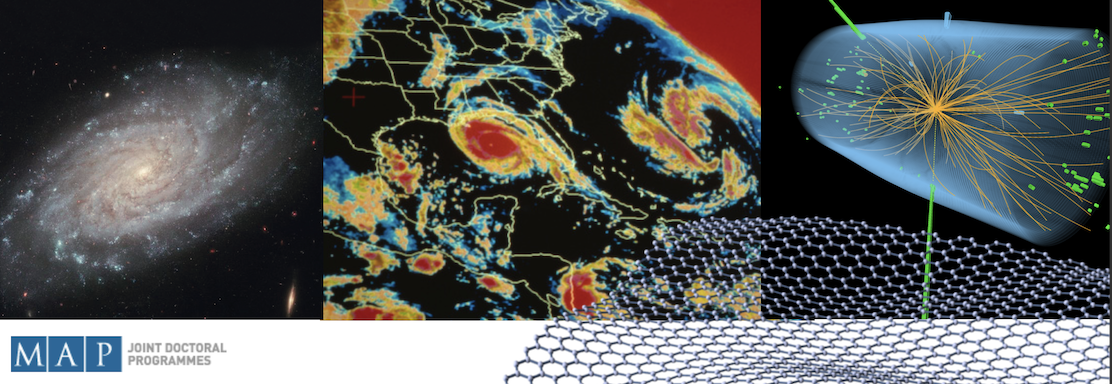Speaker
Description
Atmospheric rivers (ARs) are long, transient, and narrow corridors of strong transport of water vapour that, on average, carry more than double of the Amazon River flow. They are an important component of Earth’s hydrological cycle transporting moisture and heat from the tropics to higher latitudes, often leading to intense precipitation. Recent studies found that ARs may also be associated with the transport of aerosols. This motivated the application of the AR concept to aerosols, introducing the term aerosol atmospheric river (AAR) into the literature. While the impacts of ARs on precipitation in the Iberian Peninsula (IP) are well-known, their role in aerosol transport towards the IP and their relationship with AARs have not yet been studied. Therefore, the goal of this work is to better understand the transport of aerosols by ARs and AARs to the IP. In this scope, a modified version of an algorithm initially designed for AR detection was applied to the Modern-Era Retrospective analysis for Research and Applications, version 2 (MERRA-2) reanalysis, to identify the ARs and AARs that impacted the IP in the period 2003-2022. Five aerosol types were analysed: sea salt, organic carbon, black carbon, sulphate, and dust. The results show that the ARs and AARs affecting the IP co-occur in a considerable proportion of the time, with more than 80% of the AR events associated with at least one type of AAR. Black carbon is the type of AAR most frequently associated with ARs, while sea salt is the type found less often during AR events. Each aerosol type has a different AAR seasonal cycle, with the more intense AARs of dust recorded during the spring months, organic carbon AARs during the summer months, and sea salt AARs during the winter months. The results also exhibit differences in the trajectory and in the region of the IP affected by AARs, depending on the type of aerosol. These findings highlight the role of ARs in the transport of aerosols and the need for an in-depth study of each aerosol type.
| Which topic best fits your talk? | Climate and Environment |
|---|

